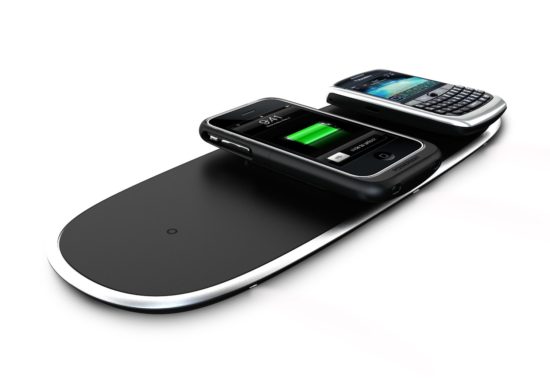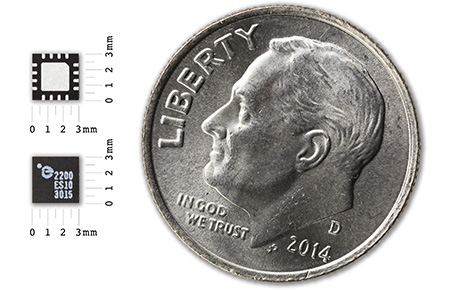What if we told you that you could wirelessly charge any device you own that has a charging port?
Up until now wireless charging has not exactly freed people; yes, it is wireless but the device has to sit on it?
Energous are a startup company that has decided to do something about this and improve things for all. The company are one of a handful hoping to progress in this field. Energous claim its technology (WattUp) can charge your phone and wearable from up to 15 feet away, no wires required.
They perform this miraculous feat by using a carefully weighed mixture of RF (radio frequency). Bluetooth and a truckload of patent-pending technology.
The transmitter communicates with and locates all compatible devices that are using low-energy Bluetooth. Once contact is established, the transmitter sends out focused RF signals on the same bands as WiFi. These are then absorbed and converted into DC power by a tiny chip pre-embedded in the device. These transmitters can be built into most household appliances, TVs, speakers etc.
Although wireless charging mats charge at 90% efficiency, Energous’ method clocks in at 70%
Energous have been demonstrating the tech at CES this week by creating a fake home where all devices are using wireless power. The routers offer a closed network allowing you to choose which devices are powered and which are not or an open one offering power to any device within range. The router can prioritize devices with low power and automatically hot switch the heirarchy until the desired levels are achieved.
The key word here is mobility. Energous’ Demonstrator could freely move around the home with any device and the software would automatically choose which transmitter to send power down depending on where the user is; the handover is almost instantaneous.
There are currently no devices with the WattUp technology integrated at present. Considering the size of the chip though, expect device manufacturers to start using this system in the near future!



